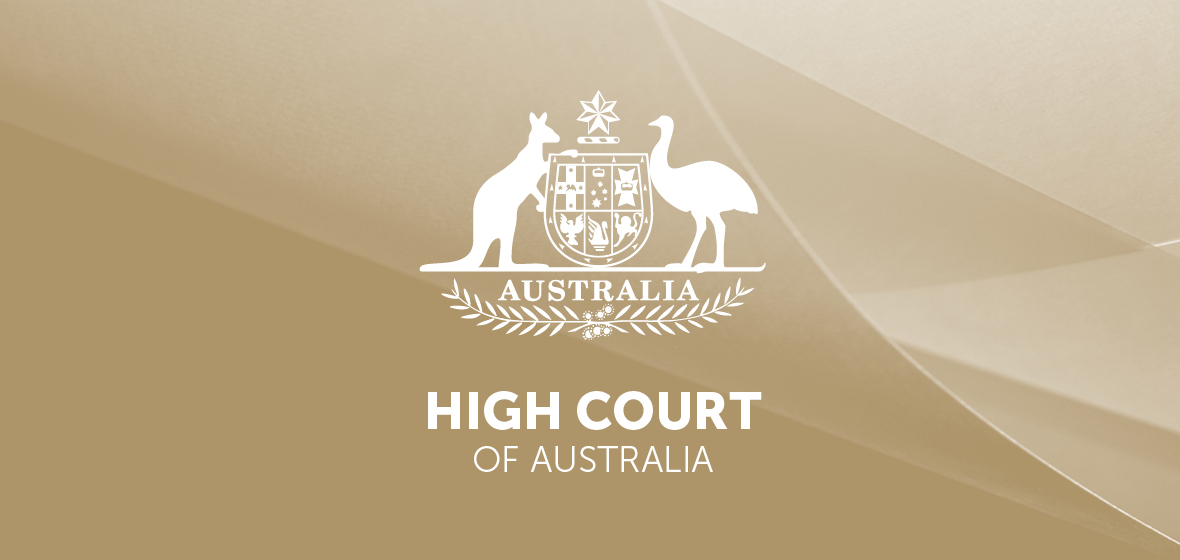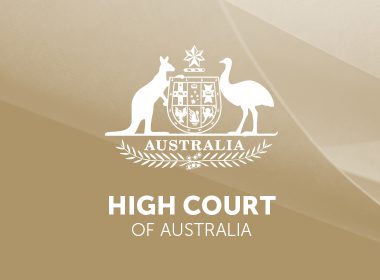Key decisions
- Director of Public Prosecutions Reference No 1 of 2019 [2021] HCA 26
- Fairfax Media Publications Pty Ltd v Voller [2021] HCA 27
Criminal law
Recklessness
In the High Court decision of Director of Public Prosecutions Reference No 1 of 2019 [2021] HCA 26 (1 September 2021) the High Court was required to determine the standard of recklessness required to establish the indictable offence of recklessly causing serious injury under s 17 of the Crimes Act 1958 (Vic) (‘Crimes Act’).
Section 17 of the Crimes Act (which came into force in 1986) simply provides: ‘A person who, without lawful excuse, recklessly causes serious injury to another person is guilty of an indictable offence’. The Crimes Act does not define ‘recklessly’. The Victorian Court of Appeal in R v Campbell [1997] 2 VR 585 (‘Campbell’) held that the standard of recklessness required, under s 17 of the Crimes Act, is foresight of the probability of harm. In doing so, the Court of Appeal in Campbell overturned a long line of Victorian authorities in which it has been held that the test for recklessness merely required foresight of the possibility of harm. In reaching its conclusion, the Court of Appeal in Campbell applied the decisions in R v Crabbe (1985) 156 CLR 464 and R v Nuri [1990] VR 641. In both cases the Court adopted a standard requiring foresight of the probability of harm. Neither case concerned s 17 of the Crimes Act. But the Court of Appeal considered that the same principles which applied in Crabbe (which was concerned with murder) were relevant to an offence under s 17. And the Court of Appeal held that all the relevant sections in this group of the Crimes Act should apply the same test of recklessness applied in Nuri (which was concerned with s 22 of the Crimes Act). Decades later, the High Court in Aubrey v The Queen (2017) 260 CLR 305 confirmed that the degree of recklessness
required for the statutory offence of maliciously inflicting grievous bodily harm in New South Wales was the foresight of the possibility, and not probability, of harm.
The Director of Public Prosecutions for Victoria (‘DPP’) subsequently referred the correctness of Campbell as a point of law for the opinion of the Victorian Court of Appeal. In a joint judgment, the Court of Appeal (Maxwell P, McLeish and Emerton JJA), applying the ‘re-enactment presumption’, held that, irrespective of the correctness of the decision in Campbell, the legislature had plainly approved of the decision by subsequently making a number of amendments that directly concerned s 17 of the Crimes Act. These amendments were made by the Sentencing and Other Acts (Amendment) Act 1997 (Vic) (‘1997 Amendments’) and the Crimes Amendment (Gross Violence Offences) Act 2013 (Vic) (‘2013 Amendments’). The Court of Appeal concluded that, until such time as the legislature amended s 17 of the Crimes Act, the meaning of ‘recklessly’ is as set out in Campbell.
The DPP appealed to the High Court. By a narrow margin of 4:3 the High Court dismissed the appeal. Gageler, Gordon and Steward JJ, in a joint judgment, observed that: ‘Where Parliament repeats words which have been judicially construed, it can be taken to have intended the words to bear the meaning already judicially attributed to them’ (at [51]). This is the ‘re-enactment presumption’ which their Honours note has a long history (at [51]). Their Honours also note that the presumption is not based on a fiction. The presumption may be applicable because the legislative history reveals an awareness by Parliament of a particular judicial interpretation. To this end, the timing between a decision and an enactment will also be relevant. Here, their Honours agreed with the Court of Appeal that the 1997 Amendments and the 2013 Amendments could only be understood on the basis that the legislature was aware of, and accepted, the Campbell definition of ‘recklessly’
(at [43]-[50]). These amendments, their Honours observed, were ‘based on the nature and extent of the criminality and culpability of a contravention of s 17 as stated in Campbell’ (at [57]). And the 1997 Amendments, their Honours noted, were made just two years after Campbell (at [54]). Their Honours also referred to the fact that Campbell was decided some 25 years ago as reinforcing their conclusion not to disturb the decision, adding ‘This Court is reluctant to depart from long-standing decisions of State courts upon the construction of State statutes, particularly where those decisions have been acted on in such a way as to affect rights’ (at [59]).
In a separate judgment Edelman J, while expressing ‘considerable hesitation’, also dismissed the appeal (at [65]). The ‘three significant constraining factors’ Edelman J identifies as leading him to this conclusion include: (i) the decision in Campbell cannot be thought to be plainly wrong; (ii) the decision in Campbell formed part of the background to the 1997 Amendments and the 2013 Amendments; and (iii) the definition of recklessness enunciated in Campbell has been adopted in Victorian courts for 26 years ‘without any obvious inconvenience’ (at [66]).
In dissent, Kiefel CJ, Keane and Gleeson JJ, considered that there could be no doubt that the decision in Campbell is wrong (at [7]). Noting the re-enactment presumption, their Honours also observed, citing Salvation Army (Victoria) Property Trust v Fern Tree Gully Corporation (1952) 85 CLR 159 at 174, that the presumption cannot be used to perpetuate an erroneous construction of a statutory provision (at [11]). In any event, their Honours considered that there are no secondary materials that support the assumption that the legislature was aware of Campbell at the time of the 1997 Amendments (at [23]). And their Honours also considered that the secondary materials for the 2013 Amendments did not provide a reliable basis for an enactment presumption (at [27]-[28]). Their Honours, in dissent, conclude that the error in Campbell should be corrected and did not consider the ‘mere passage of time’ to be an impediment (at [34]). Their Honours could not see that anyone tried after Campbell would have suffered any injustice since those people would have been tried under a higher standard.


